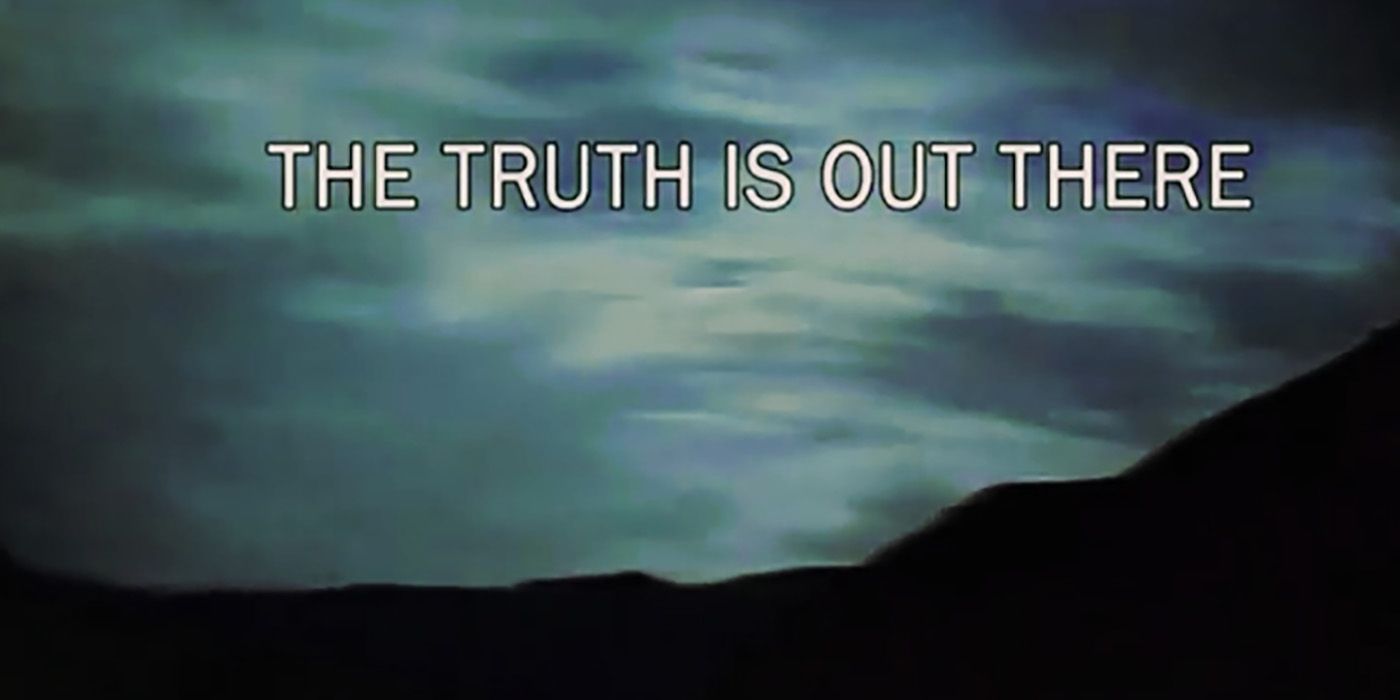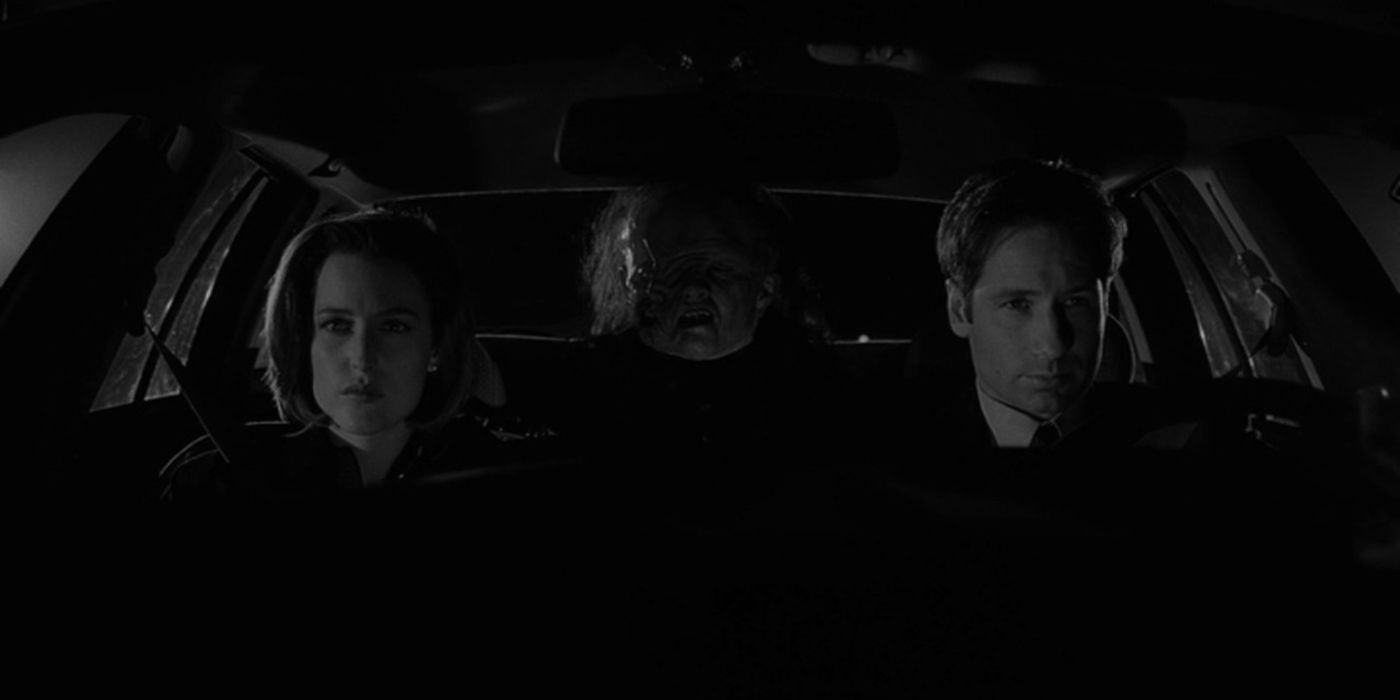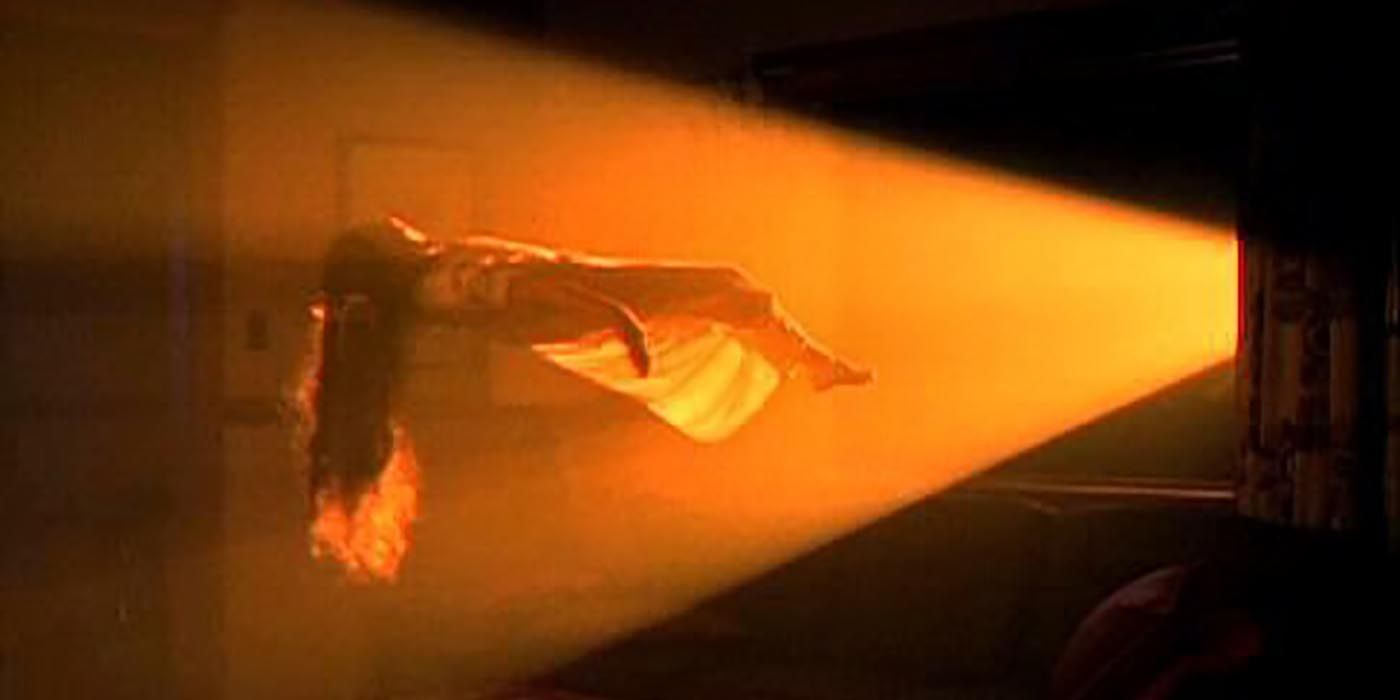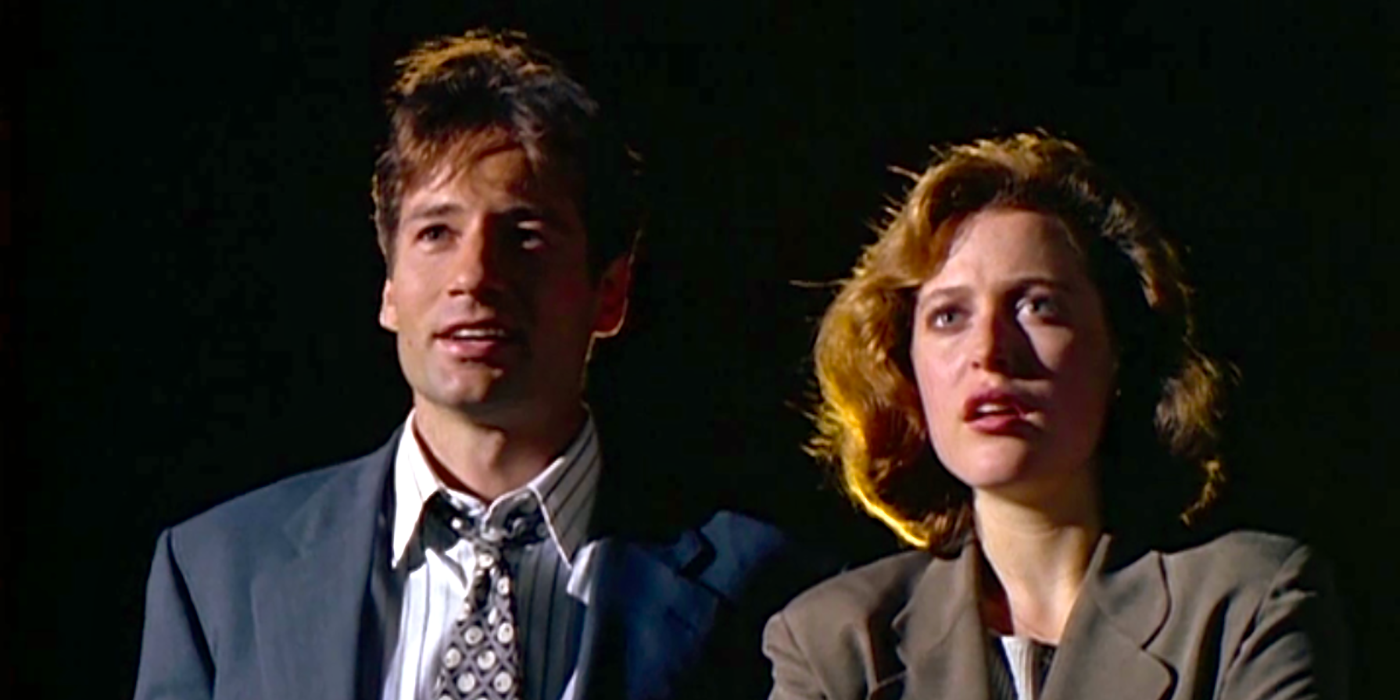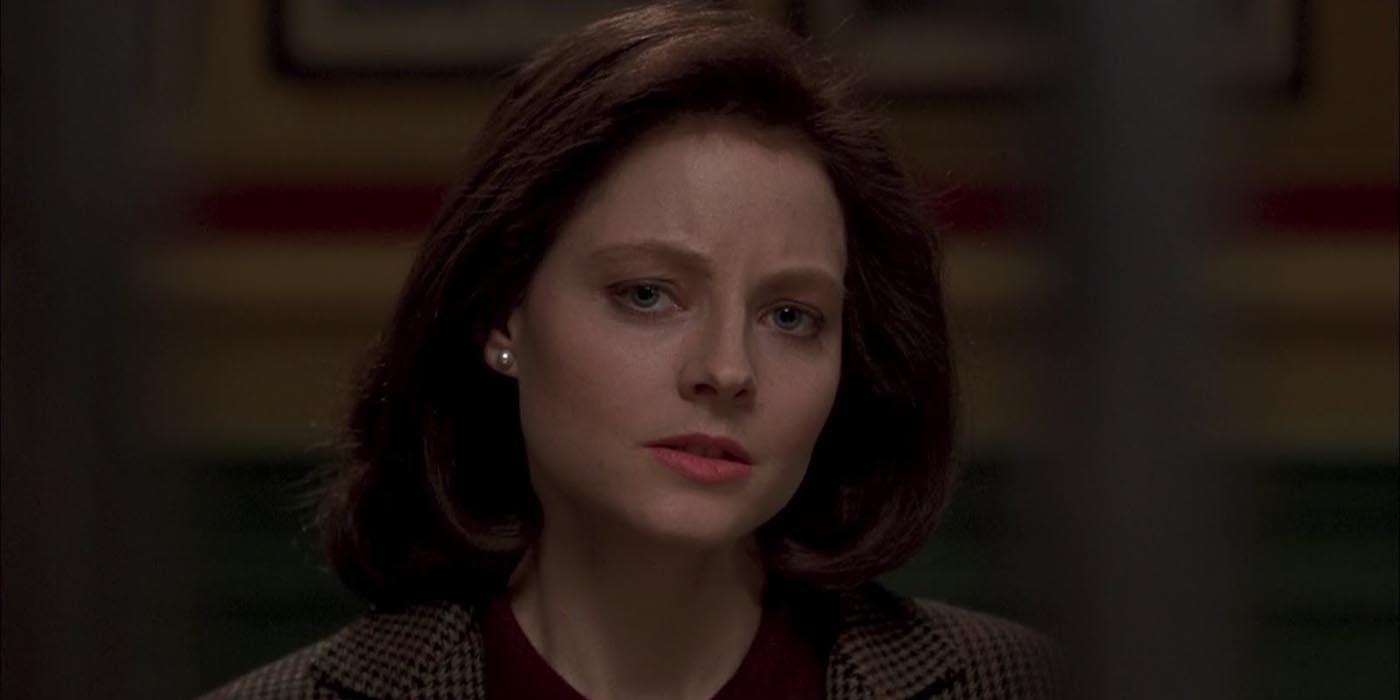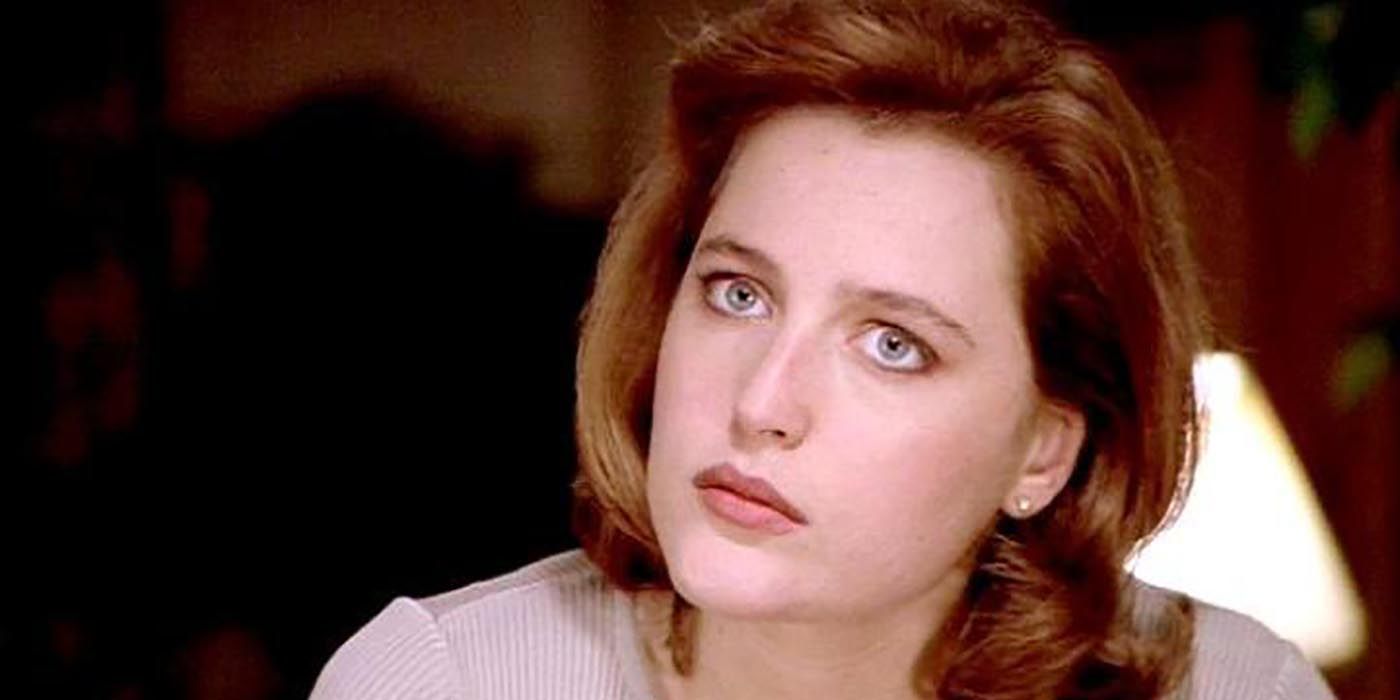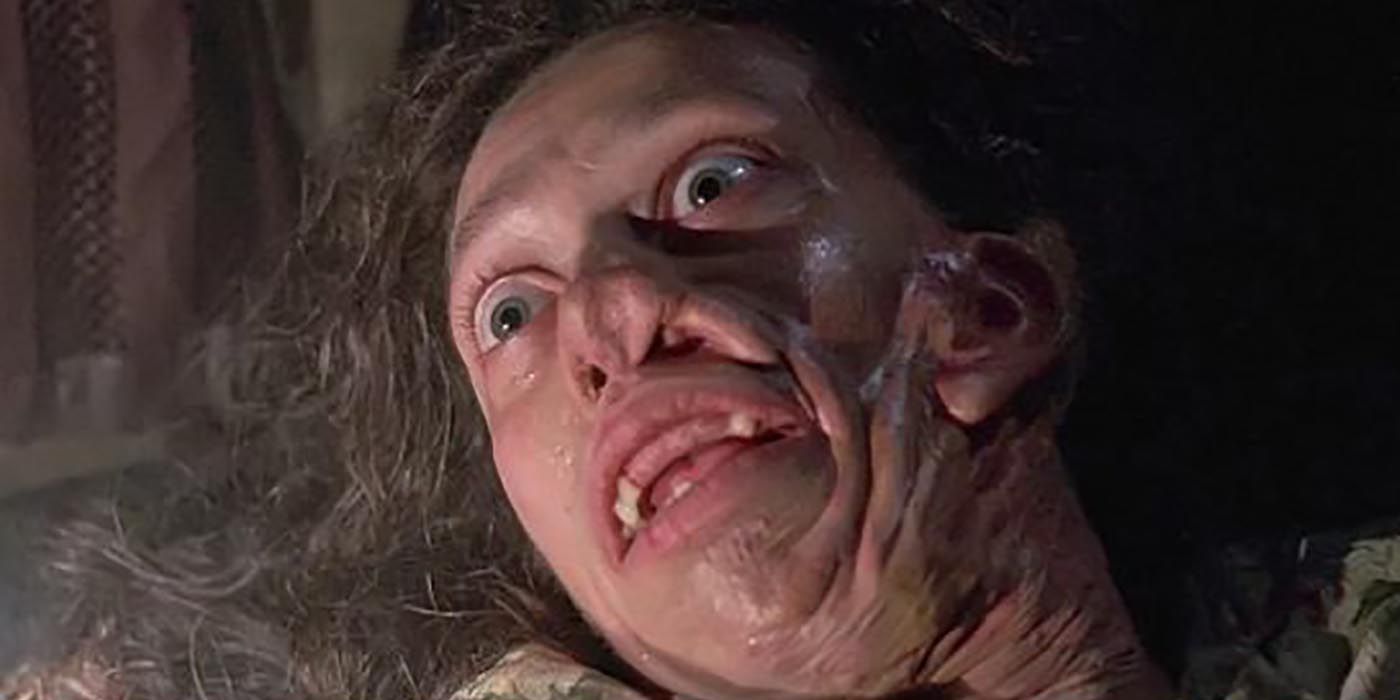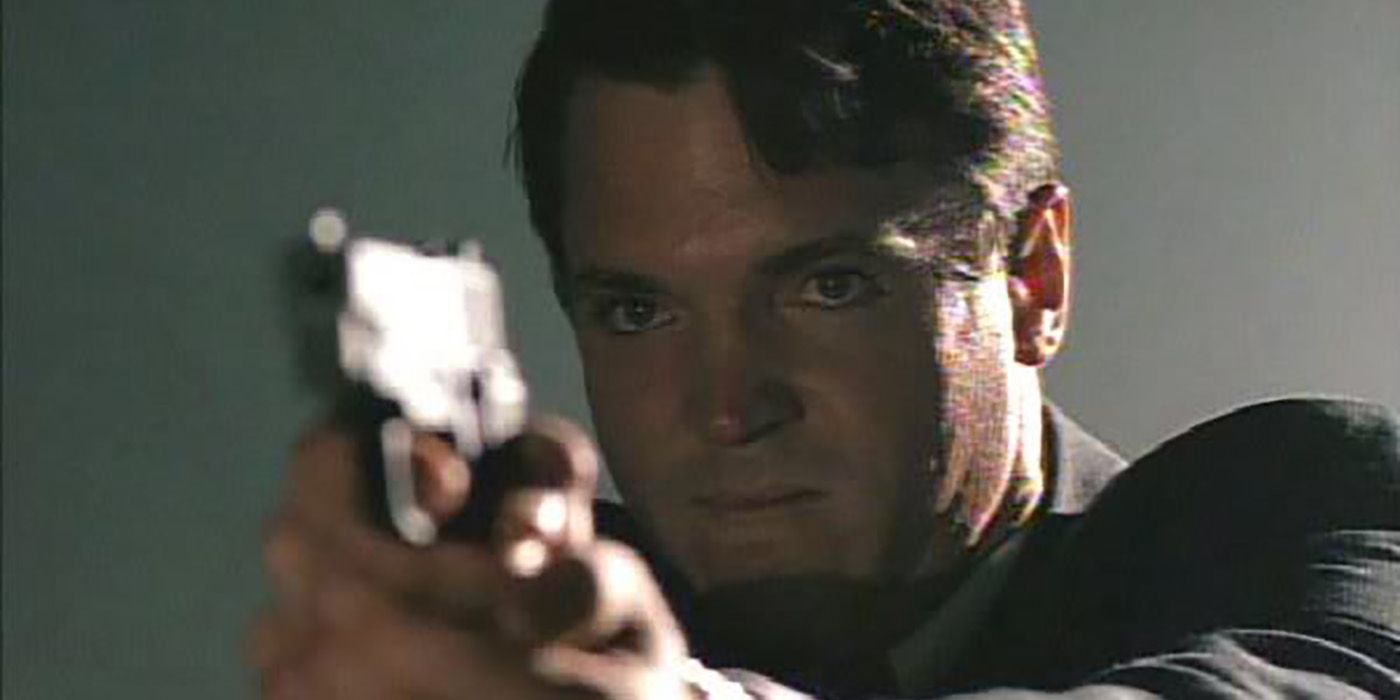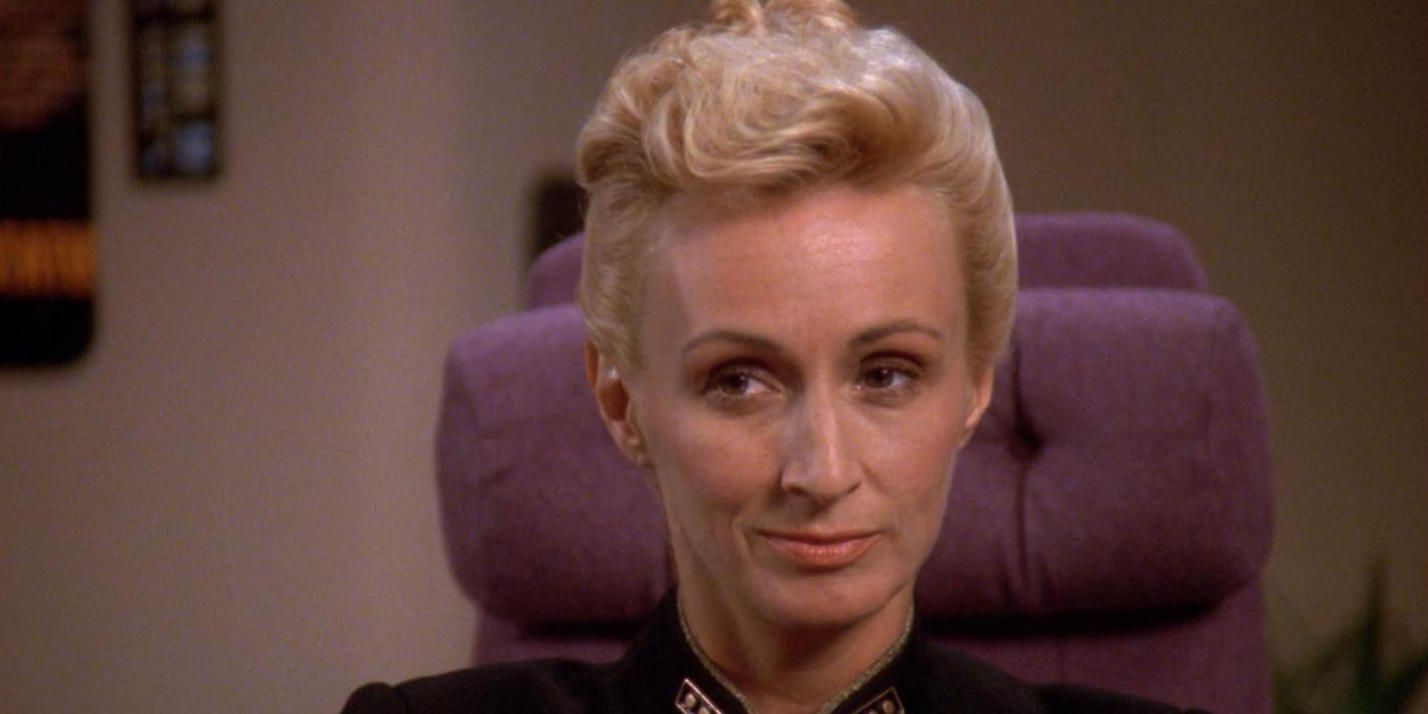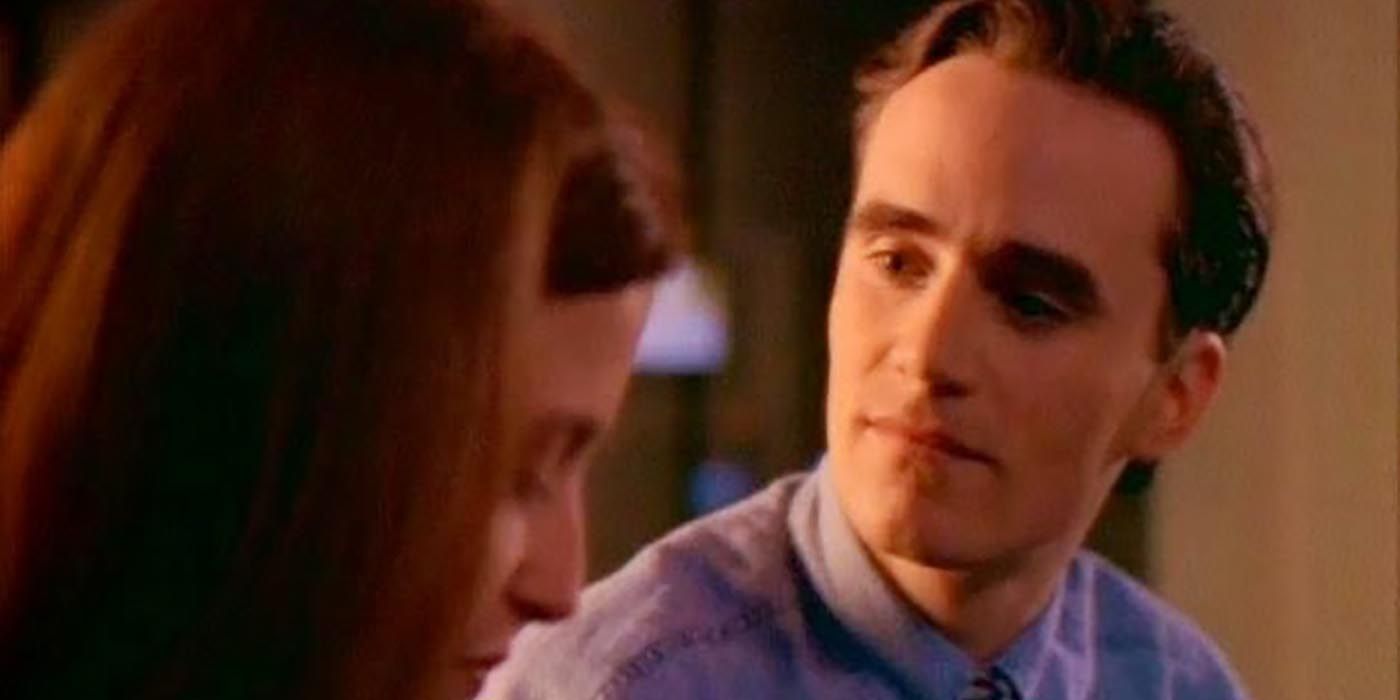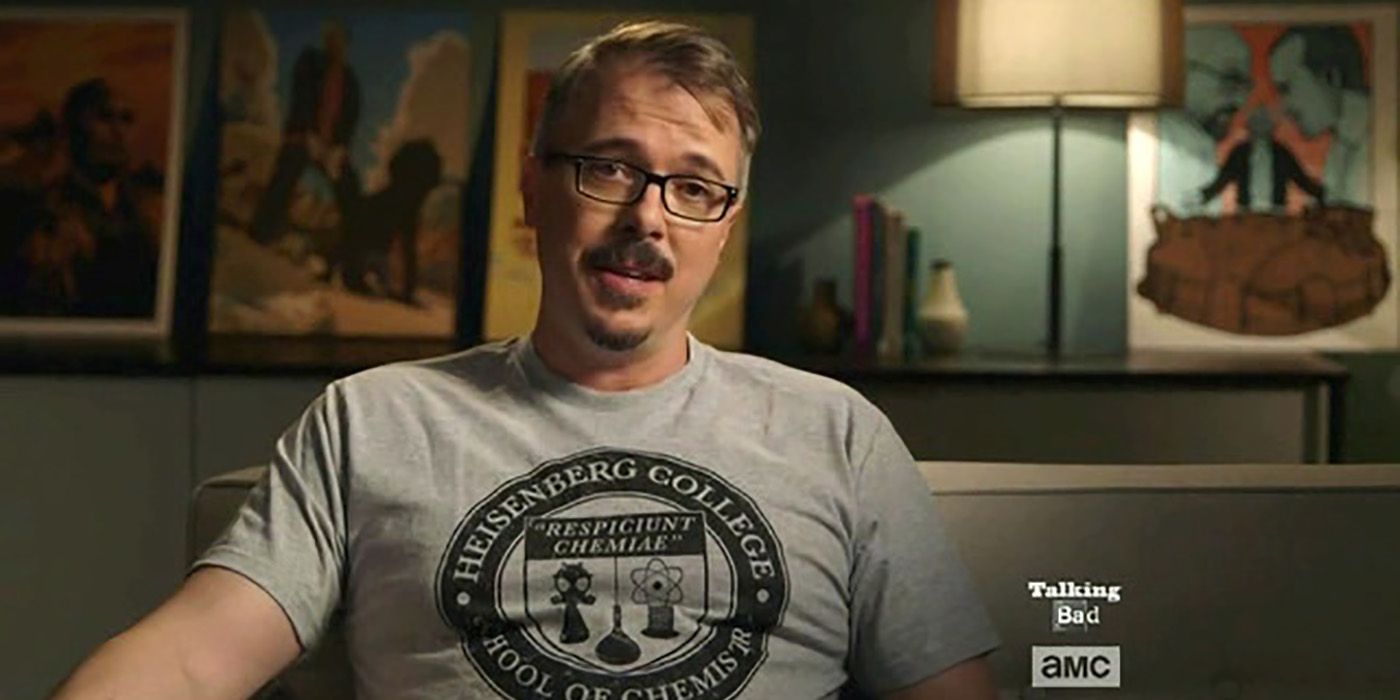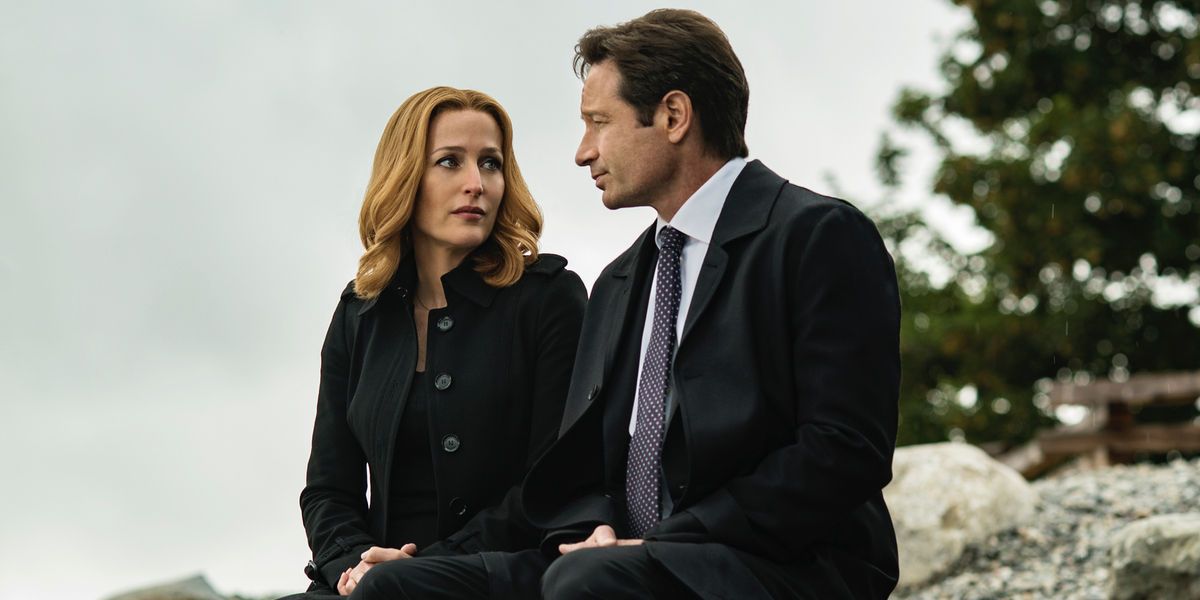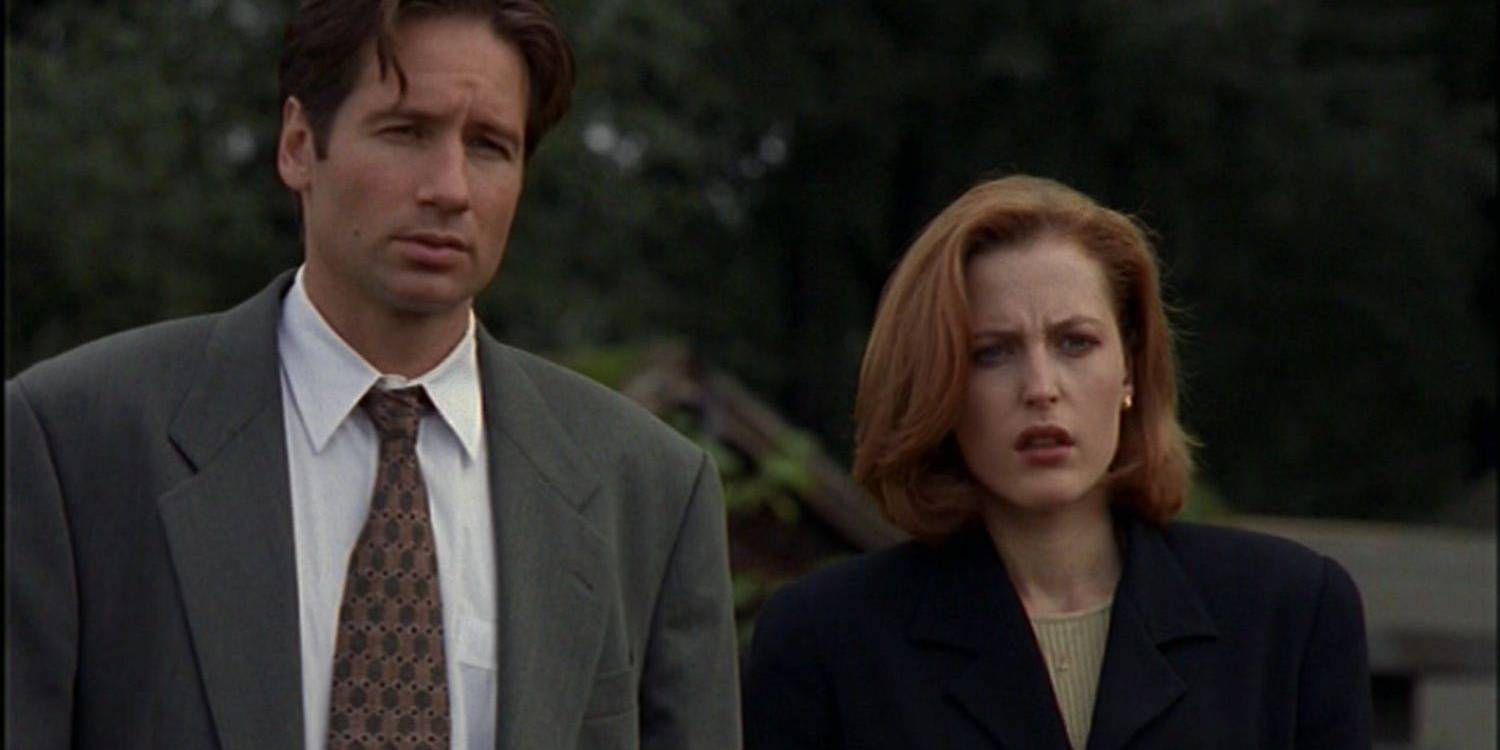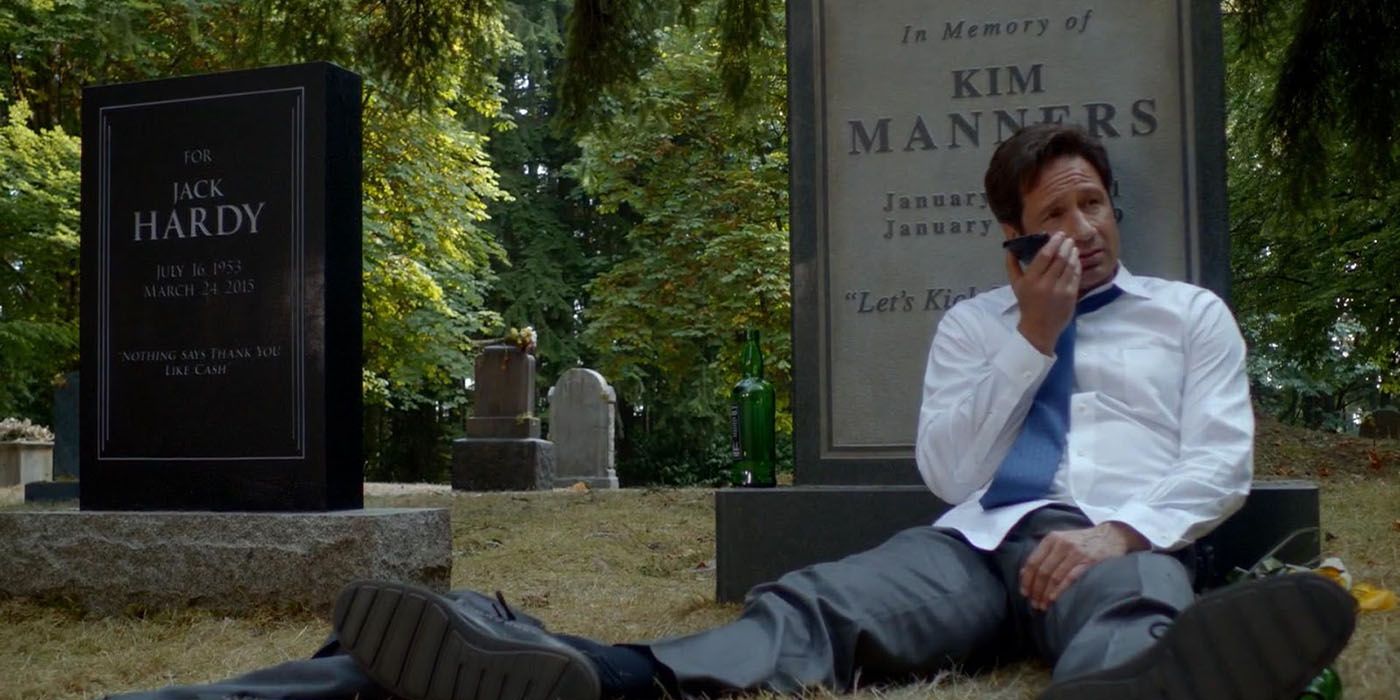The X-Files first hit our screens almost 23 years ago to the day, and at the time no one predicted how massive it would become. What began as a show with a cult following soon began to seep into pop culture, leaving a legacy that is rivalled by few in the science fiction genre.
It’s hard that to imagine, but back in 1993 Entertainment Weekly dubbed the X-Files “a goner,” and prophesied that the show was doomed to cancellation. However, the series survived, despite being stuck with the dreaded Friday night death slot, and went on to be one of the longest-running sci-fi series in TV history.
The two-part premiere of this year’s revival bought in over 50 million viewers across the globe, and with season 10 ending on a cliff-hanger, fans are desperate for any news of a possible season 11. In the meantime, you’ll have to satisfy yourself with our list of things you didn’t know about the X-Files – the truth is right here!
Chris Carter got the idea for the X-Files from a real-life report on alien abduction
Creator of the show, Chris Carter, initially came up for the idea for the X-Files after reading a report by Harvard professor John E. Mack, a psychiatrist and a leading authority on the effects of alien abduction. In his report, Mack cited that 3.7 million Americans believed they had been abducted by extra-terrestrials. Carter pitched the idea to Fox not long after, and after a few minor bumps along the way, the X-Files was born. On the subject of alien abductions and why he felt they made such a great premise for a TV series, Carter said: “Everybody wants to hear that story. Abduction is tantamount to a religious experience.”
TV shows which thrived on elements of suspense and mystery also influenced Carter in the beginning, such as the late 80s TV show Moonlighting, which although featured no aliens had a similar ambiguous relationship between its male and female leads. Another was Kolchak: The Night Stalker, which tells the story of a Chicago-based reporter who investigates crimes with mysterious or paranormal backgrounds. Other examples include classic supernatural series The Twilight Zone, which had a similar monster-of-the-week format and a moral at the end of each episode, as well as the mystery anthology series Alfred Hitchcock Presents.
In real-life, Scully is the believer and Mulder the sceptic
When creating his mystery-busting duo, Carter made the conscious decision to flip established gender stereotypes and made Mulder the believer and Scully the sceptic. In reality, things couldn’t be more different, with Duchovny the nonbeliever and Anderson the open-minded one. In a 1994 interview with Entertainment Weekly, Anderson confessed: “Psychokinesis appeals to me. ESP, telling the future, I love that stuff.” And on the subject of extra-terrestrials, she told the Guardian: “Due to the degree that the universe is obviously vast and the thought that we are the only planet full of living beings doesn’t make sense. That doesn’t necessarily mean that there are aliens, but there could be.”
Conversely, Duchovny seriously struggles with the idea of alien life, telling host James Corden of the Late, Late Show: “I remember I used to try to answer my fan mail because there wasn’t much of it, and they would bring it to me. There were stories that people would tell me about being abducted. They would just make me sad. I thought that these people had issues that they had to deal with.”
Scully was inspired by Clarice Starling from Silence of the Lambs
Carter’s main influence for the character of Scully was Clarice Starling from the 1991 psychological thriller Silence of the Lambs (that makes sense; Anderson definitely had a Jodie Foster thing going on in the first few seasons). While taking part in a Q and A at the Smithsonian’s National Museum of American History, where Carter donated several props from the show, (including Mulder’s “I want to believe" poster) he said: “Silence of the Lambs was an inspiration. It's not a mistake that Dana Scully has red hair like Clarice Starling in The Silence of the Lambs.”
Other similarities can also be seen in the characters’ appearances, such as their clothing style and body language, not to mention their straight-talking, no-nonsense attitudes. But as the series progressed Dana definitely became her own woman.
Oddly enough, Anderson would later go on to star in the TV adaption of Hannibal as Bedelia Du Maurier, Lector’s former psychiatrist and accomplice. Foster also made a brief cameo in the X-Files, voicing the talking tattoo in the season four episode “Never Again.”
Fox wanted to replace Anderson with a “bombshell”
Although it’s hard to believe that anyone would consider Anderson unattractive, studio executives originally wanted to trade her in for an actress with more glamourous, “bombshell” qualities (yes, really). Fortunately, Carter wasn’t having any of it and fought to keep the then unknown Anderson on. He wanted Agent Scully to be a character of substance and not just another air-headed love interest for the male star.
As Anderson told the Chicago Tribune in 2006, it was partially thanks to Carter’s efforts that the landscape for women in TV changed so much during the 90s, ushering in an era of well-rounded female characters: “That comes down to the creator, Chris Carter, and his vision of who this character was. And that was basically the beginning of all of it all. He fought tooth and nail to get me rather than what used to be the version of women television back then, which was very different. And ironically it had an international effect on women and on television and how women were not just perceived but how they behaved.”
However, Fox execs weren’t the only ones Anderson had to battle for the role of Scully. Duchovny also had someone in mind for the role: Jennifer Beals of Flashdance fame, who he was friends from their college days. That would have made for a very different viewing experience indeed!
Anderson filmed a lot of scenes standing on a box
Due to the 9” height difference between the stars (Anderson is 5”3, Duchovny is 6”0), for scenes in which Mulder and Scully were face to face Anderson had to stand on a box. Think of the amount of time Scully spends looking up a Mulder during their intense tête-à-têtes – that’s a lot of time on a box!
The crew even dubbed prop the “Gilly board,” and the specially-designed box raised her up just enough to film TV-normal conversations with Duchovny.
In an old interview with US Magazine, Anderson admitted that sometimes she’d get so wrapped in filming dramatic scenes she’d forget she was standing on the Gilly Board: “It's funny: Sometimes I forget I'm on the box. Like, I'll have this very serious moment in a very serious scene and I'll turn to the camera and fall right off the box.”
The show was one of the first to get a TV-MA rating
The incredibly creepy season four episode “Home” was not only the first X-Files to get a TV-MA rating, but was also the first US network television episode to get one, ever. The episode is a “monster-of-the-week” storyline, and focuses on an inbred family Mulder and Scully come across on a farm in Pennsylvania. It only aired once on Fox and then was banned from being re-aired on the network, and wasn’t seen again until 1997.
The writers of the episode, Glen Morgan and James Wong, said their inspirations came from equally grim real-life stories, including the 1992 documentary Brother’s Keeper. However, the most disturbing influence came from an anecdote in Charlie Chaplin’s autobiography. While staying in a tenement house, the owners took the iconic actor upstairs to meet their son, a quadruple amputee they kept hidden under the bed. They pulled their son out, and while the family sang and danced the boy “flopped around.” If that awful mistreatment of a disabled individual wasn’t bad enough in itself, the TV narrative it inspired definitely takes things to the next level. *Shudders*
Scully’s abduction in season 2 was a cover for Anderson’s maternity leave
In season 2, Scully spends a few episodes on-board an alien ship after she is abducted in the episode “Ascension.” The storyline was cooked up after Anderson became pregnant mid-way through the first season. Yet again Fox wanted to replace her with another actress, but Carter said no, and he had no intention of writing a pregnancy storyline for Scully. For several episodes they hid Anderson’s growing bump by shooting her from the waist up or with props blocking her stomach, but by the end of season 1 her pregnancy was becoming quite evident.
In a stroke of genius Carter altered the planned narrative, ending season 1 with the dissolution of the X-Files and the geographical separation of Mulder and Scully to reduce Anderson’s number of scenes. Her character was then abducted for three episodes in season 2, so she could go on maternity leave. She came back in the episode “One Breath,” where she mysteriously shows up comatose in a hospital bed with no one knowing who is responsible for her return. However, her abduction would go on to inspire several story arcs in later seasons.
The X-Files theme tune was inspired by the Smiths’ song “How Soon is Now”
The famous whistling effect in the X-Files theme tune was inspired by the Smiths song “How Soon is Now,” from their 1985 album “Meat is Murder.” Non-Smiths fans will most likely recognise the track from the intro of another popular supernatural-themed show, Charmed, which has a cover version by 90s alternative rock band Love Spit Love, as well as from the 1996 paranormal thriller The Craft.
After creating the whistle, composer Mark Snow was still struggling with a melody for the show’s theme song. Although a seasoned in creating TV scores, this was his first attempt at making the tune for a sci-fi show, and he was stumped. Fortunately for Snow, it wasn’t long before a happy accident occurred. In frustration he put his forearm on the keyboard, unintentionally turning on the delay effect, which produced the unnerving echo. When he showed it to Carter he liked the eerie sound, and combined with the whistling noise the iconic opening music began to take form.
Surprisingly, despite its creepy melody and even creepier connotations, a club remix of the theme tune by Triple X took the charts by storm in 1996, reaching number two UK, France and Australia.
Nicholas Lea, who plays Alex Krycek, made a brief appearance in another episode…
Carter had to do something to keep audiences entertained while Anderson was away, so he bought in the character of Agent Alex Krycek as a temporary partner for Mulder. Intially, Krycek seemed to be one of the good guys and admirer of Mulder’s work on the X-Files. However, as the series went on he became one of show’s primary antagonists, initially working as an undercover agent for the Cigarette Smoking Man.
Nevertheless, Krycek isn’t the first and only role Lea played in the X-Files. He made an appearance in the season 1 episode “Gender Bender,” playing a club-goer called Michel who has a sexual encounter with an alien that can change its gender. The role of Krycek was originally offered to Callum-Keith Rennie of Battlestar Galactica, who turned the proposition down. The part was then offered to Lea, with producers planning on killing Krycek off if he did a poor job. Obviously he impressed them with his acting skills, as the character ended up lasting eight series, working on and off for a number of antagonists including the Syndicate and the Men in Black before meeting his end in the final season.
X was originally meant to be female
It’s hard to imagine anyone but Steve Williams in the role of Mulder’s secret contact X, but the part was originally offered to another sci-fi star. Natalija Nogulich of Star Trek: The Next Generation filmed one scene before being replaced, with Carter stating that the chemistry just wasn’t there with her co-stars.
X was designed to replace Mulder’s previous F.B.I informant Deep Throat, but the character possesses a completely different demeanour and personality to his predecessor. Jerry Hardin’s portrayal of Deep Throat was of a selfless agent who wanted to change the F.B.I from the inside out, while X is self-serving and paranoid. As Glen Morgan once said of the differences between Deep Throat and X: “Deep Throat was a guy willing to lose his life for letting out the secret, whereas X is a guy who's still scared.”
Williams portrayal was positively received by both critics and fans alike, even making into Entertainment Weekly’s top 20 Black Sci-Fi Icons in 2009, placing at number 17.
Scully originally had a boyfriend in the pilot
In the original pilot, Scully had a boyfriend called Ethan Minette. He was added after Fox executives complained that Mulder and Scully’s platonic relationship did not have enough romance to keep viewers interested (patronizing much?). Initially, Carter went along with the studio’s idea, but later cut the character and all the scenes he was featured in. Carter felt that the relationship between Mulder and Scully was far more interesting than a half-baked love interest, and that the agents’ unique friendship was more deserving of the extra screen time.
Turns out he was right, as the duo’s intense will they/won’t they relationship managed to fuel viewers’ obsession for years to come. In the end the pair did take their friendship to the next level, but split somewhere between the 2008 movie X-Files: The Truth is Out There and the season 10 revival, breaking all out hearts in the process.
Vince Gilligan started out on the X-Files as a freelancer
These days, Vince Gilligan is best known as the creator of the critically-acclaimed AMC crime drama Breaking Bad, but the writer, producer and director got his first big break in the 90s as a freelancer for the X-Files. A fan of the series, Gilligan submitted a script to Fox that would go on to be the season 2 episode “Soft Light.” He was eventually offered a full-time staff writer gig in 1995, and would pen another 29 episodes as well as produce 44 of them.
In 1997, Gilligan along with Carter, Frank Spotnitz and Josh Shiban scored an Emmy nomination for the season 4 episode "Memento Mori," in which Scully and Mulder search various sources for a cure for her cancer. He also co-created and produced the 2001 X-Files spin off series The Lone Gunmen, which was cancelled after 13 episodes due to low ratings.
Gilligan is briefly referenced in the 2008 film, The X-Files: I Want to Believe. The name "Gilligan" can be seen in Mulder's phone contact list as he scrolls down looking for Scully's number, just before he becomes distracted and crashes his car.
Anderson was only offered half the pay of her co-star
Stories about the Hollywood wage gap between male and female stars are not new, so it’s no surprise that back in 1993 Anderson was originally offered half of what Duchovny made. It took three years for her to close the wage gap, despite working the same hours and having an equal number of story arcs (they were co-stars after all.)
This behind the camera misogyny was in stark contrast to not only everything that Anderson stood for, but also her on-screen persona Scully. And while the F.B.I agent/medical doctor was making waves in the entertainment world, Anderson was doing the same in reality by refusing to accept less than she deserved for her work.
Sadly, when Anderson agreed to return for the revival series this year, she was once again offered only 50% of Duchovny’s pay check. On the absurdity of it all, she told The Daily Beast: “Even in interviews in the last few years, people have said to me, ‘I can’t believe that happened, how did you feel about it, that is insane.’ And my response always was, ‘That was then, this is now.’ And then it happened again! I don’t even know what to say about it.”
Fortunately, despite Fox once again trying to lowball her, in the end Anderson and Duchovny took home equal pay for season 10.
But that wasn’t the only sexism she had to deal with on set
Pay wasn’t the only area Anderson got the short end of the stick behind the scenes. In the beginning studio executives made sure Anderson always walked a few steps behind her male co-star on-screen, never by his side.
Speaking of Fox’s initial refusal to give Mulder and Scully equal footing (in more ways than one), Anderson said: “I can only imagine that at the beginning, they wanted me to be the sidekick. Or that, somehow, maybe it was enough of a change just to see a woman having this kind of intellectual repartee with a man on camera, and surely the audience couldn’t deal with actually seeing them walk side by side!”
But as fans know, Dana Scully is no one’s sidekick, and Anderson swiftly put an end to it: “I have such a knee-jerk reaction to that stuff, a very short tolerance for that shit. I don’t know how long it lasted or if it changed because I eventually said, ‘Fuck no! No!’ I don’t remember somebody saying, ‘OK, now you get to walk alongside him.’ But I imagine it had more to do with my intolerance and spunk than it being an allowance that was made.”
Girl power!
Kim Manners makes a post-death appearance, but not the kind you’re thinking of…
In life, Kim Manners was best known for his work on the X-Files and Supernatural. He worked on the X-Files between 1995 and 2002, and was by far the most prolific director of the show, helming 52 episodes (that's more than a quarter overall), including the 2002 finale. He also wrote and produced several others, and was nominated for four Emmy Awards for Outstanding Drama Series in 1995, 1996, 1997 and 1998 along with other members of the crew.
On set he was known for his perfectionist approach to directing, as well as his colourful use of language when things didn't go as planned. The latter earned him a reference in the season 3 episode “Jose Chung’s from Out of Space,” where the smutty, foul-mouthed Detective Manners is named after him.
Sadly, Manners passed away from lung cancer in 2009, a year after the second X-Files movie had been released. In tribute, the X-Files staff added an Easter egg-style memorial to Manners in an episode from the 2016 revival series. In “Mulder and Scully meet the Were-Monster,” there is a scene in which Mulder sits against Manners’ real gravestone, which is inscribed with the producer’s date of birth and death, as well as the phrase “Let's Kick It in the Ass.” However, the X-Files wasn't the only show to pay their respects to Manners. The fourth season of Supernatural and a second season episode of Breaking Bad are also dedicated to him.

